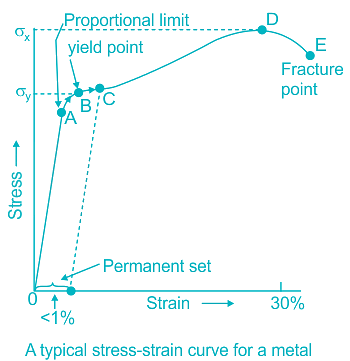Test: Elasticity - NEET MCQ
20 Questions MCQ Test Physics Class 11 - Test: Elasticity
| 1 Crore+ students have signed up on EduRev. Have you? Download the App |
Materials that show very small plastic range beyond elastic limit are called
The stress which is set up in the body due to increase in its dimensions is called
The modulus of elasticity of steel is greater than that of rubber because under the same stress
If proportional limit is not exceeded, energy per unit volume in stretched wire is
When a 13.2 kg mass is placed on top of a vertical spring, the spring compresses by 5.93 cm. Find the force constant of the spring.
Two wires P and Q of same length and material but radii in the ratio 2 : 1 are suspended from a rigid support. Find the ratio of strain produced in the wires when both are under same force.
The area occupied below the stress-strain graph and above strain axis gives the value of
If we compress or elongate the solids, what happens to their potential energy?
|
98 videos|388 docs|105 tests
|



















